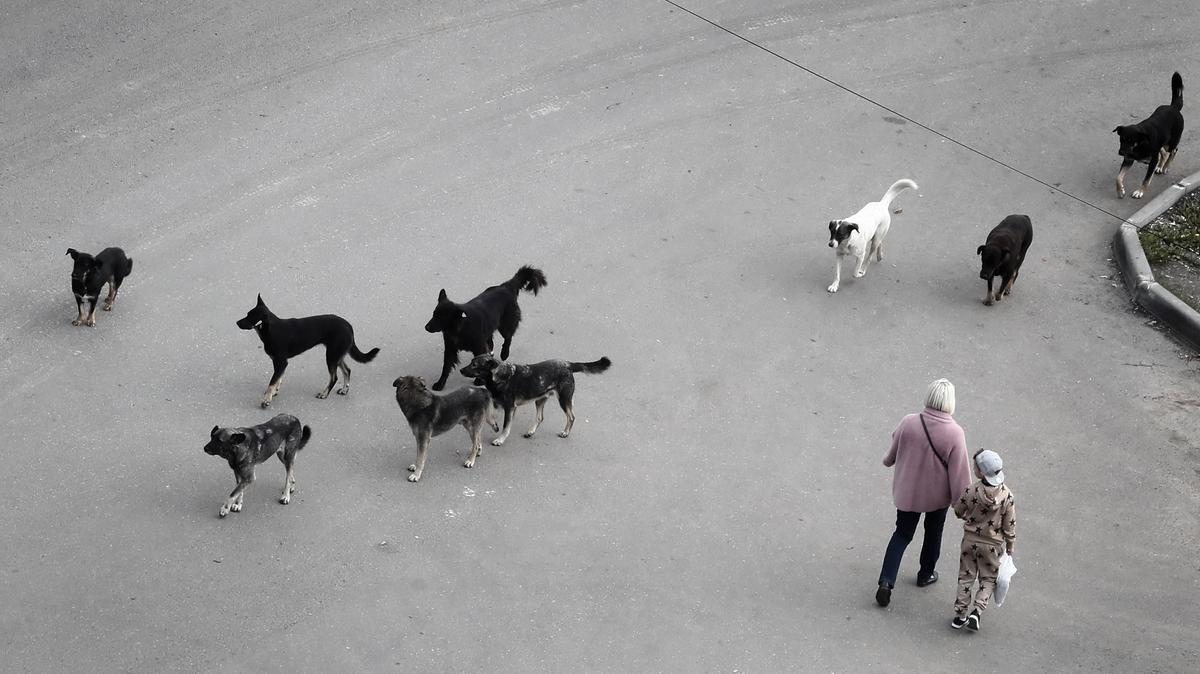Following a string of attacks by stray dogs on kids across Russia, the authorities and public figures have revived the possibility of culling them. The bill is advanced by former Yakutsk Mayor Sardana Avksentyeva and residents of the affected cities. Animal rights activists vehemently oppose the amendments.
On 16 April, a pack of stray dogs mauled a boy to death in Orenburg, southern Russia near the border with Kazakhstan. According to media reports, second-grader Maxim and his friend were collecting candy from their neighbours for Easter. After he brought all the prizes home, he asked his parents for another hour outside. That’s when the dogs got to him.
Maxim died instantly from the injuries.
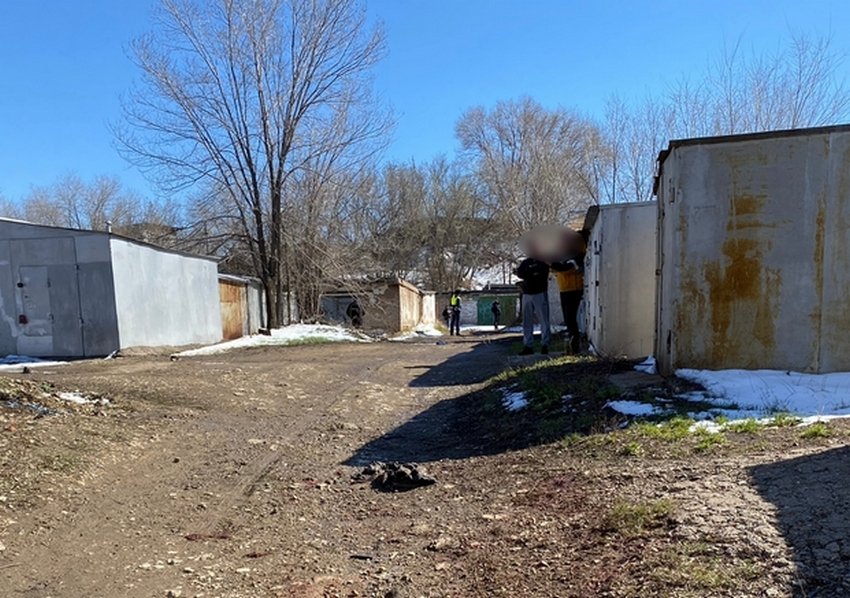
The site where the stray dog pack attacked the boy in Orenburg. Photo: Investigative Committee
Criminal cases were launched on charges of negligence that resulted in a person’s death and providing services that do not meet safety demands. The investigation team pledged to draw up a legal assessment of the actions taken by those responsible for entrapping stray animals in the city.
Searches were conducted within the next few days in the regional administration and the non-profit responsible for capturing street animals. Head of the city administration Sergey Salmin and his first deputy Alexey Kudinov were questioned as well.
Ultimately, regional official Anatoly Baykarov was detained on 18 April on negligence charges and placed under house arrest.
Moreover, following the attack on the boy, the staffers of the non-profit found seven dogs on the site. Four animals without any markings were taken away for sterilisation and badging. In three weeks’ time, they are supposed to be returned back to the habitat, the city hall noted. The other three dogs already had their badges and legally have to stay where they live.
In the meantime, locals have repeatedly complained about the stray pack in the area.
The city administration claims that specialists took the street animals away and brought them back after the required time in the kennels.
The Orenburg attack did draw the most media coverage in the past month but it wasn’t the only one. On 13 April, Chita.ru reported that a pack of stray dogs attacked a five-year-old boy in Chita, while one of them allegedly bit a street sweeper later that day. On 17 April, the regional authorities launched a probe following media reports of another animal attack on a child. The city of Chita also introduced a state of high alert over the increased number of assaults by stray dogs.
“Chita residents are asked to be vigilant and not let small children and seniors outside unaccompanied,” 75.ru writes.
Russia’s Astrakhan also faced similar issues. Local media outlets reported in March that bodies of a man, 53, and a woman, 44, were found in the city with bite wounds. A stray dog attack is believed to be behind it. RIA Novosti also reported that an elderly woman had been bitten in April. Dozens of locals staged a rally to demand a solution to the aggressive stray animal behaviour.
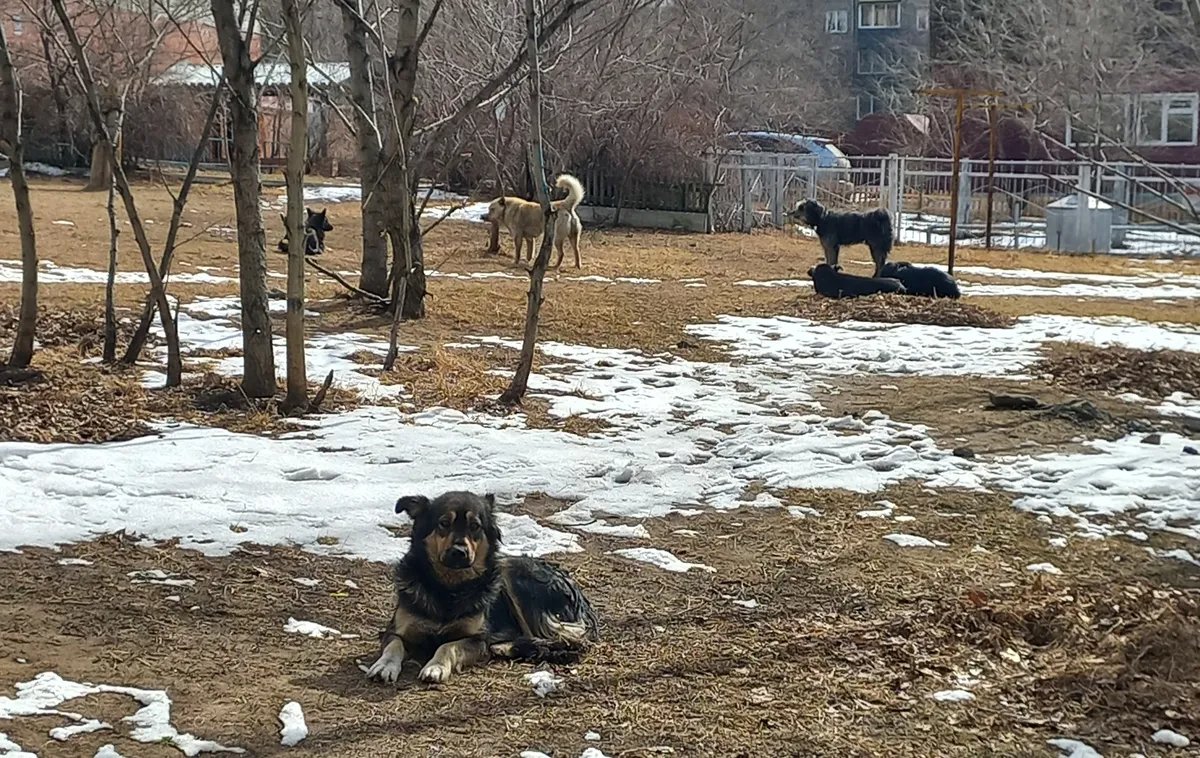
Photo: chita.ru
There is a law in Russia that regulates stray animal handling: street dogs are to be caught and transferred to shelters where they are sterilised and marked with special badges.
Their pictures are then posted online. Some of them find homes, the rest are let back out in the streets if unaggressive.

Cheyne / Lotti / Graham. Photos of caught dogs on a Moscow shelter website. Screenshot
The Russian government also issued an order on 1 March 2023 to prevent stray animal attacks on people. It particularly mentions cases when these animals can pose a danger: if they are roaming sites frequented by people without owners, places near central heating lines or trash bins, and exhibit unmotivated aggression against other animals or people.
“The regional regulators should monitor populations of these animals, identify and catch them to later place in shelters among the measures to prevent stray animal attacks,” the order reads.
Amid the recent attacks, Orenburg residents drafted a petition demanding to bring back stray dog culling. It is currently unavailable but media reports suggest that 22,000 people had already signed it.
The city hall has already requested the government to allocate five million rubles (€56,000) to capture and sterilise these animals, while Orenburg head Sergey Salmin vowed to present a bill to address the issue. In particular, he wants aggressive dogs who could not find a new owner to be put down. Otherwise, he says locals can start taking matters into their own hands.
“The dogs should be caught, taken from the streets, and placed in shelters. If a dog is aggressive and we cannot find it an owner, it needs to be put down in a humane way,” Salmin said.
He noted that 22 days of keeping an animal in the shelter cost 13,000 rubles (€146), or 590 rubles (€6.62) per day. At the same time, the cost of feeding a child in Orenburg region schools stands at 182 rubles (€2.04) per day according to him. The animal handling costs highlighted by Salmin do look somewhat inflated. The Moscow region, for instance, allocates only 150 rubles (€1.68) per dog in a day, Nika animal shelter foundation said.
Russia’s special presidential envoy for ecology Sergey Ivanov also backed the proposal to put stray dogs down. According to him, the unclaimed animals in the shelters should “be humanely put to death if we want to get rid of homeless dogs who roam street and regularly kill people”.
Meanwhile, former Mayor of Yakutsk Sardana Avksentyeva put forward a bill to the lower house of Russia’s parliament to grant Russian regions rights to regulate the numbers of stray animals. According to the document, regional authorities will particularly be able to put down dogs if agreed by the locals.
Avksentyeva has already made headlines over an animal culling scandal. When she was in the Yakutsk mayor office, animal rights activists discovered more than 200 corpses of dogs and cats in a city shelter. Official reports suggest that they were killed after they had come into contact with rabid animals. However, the activists found a lot of loose ends in this story. No criminal case was ultimately launched.
“I did not order these animals to be killed in the kennels. I should not be accused of this. This is slander!” Avksentyeva took to her social media platforms then.
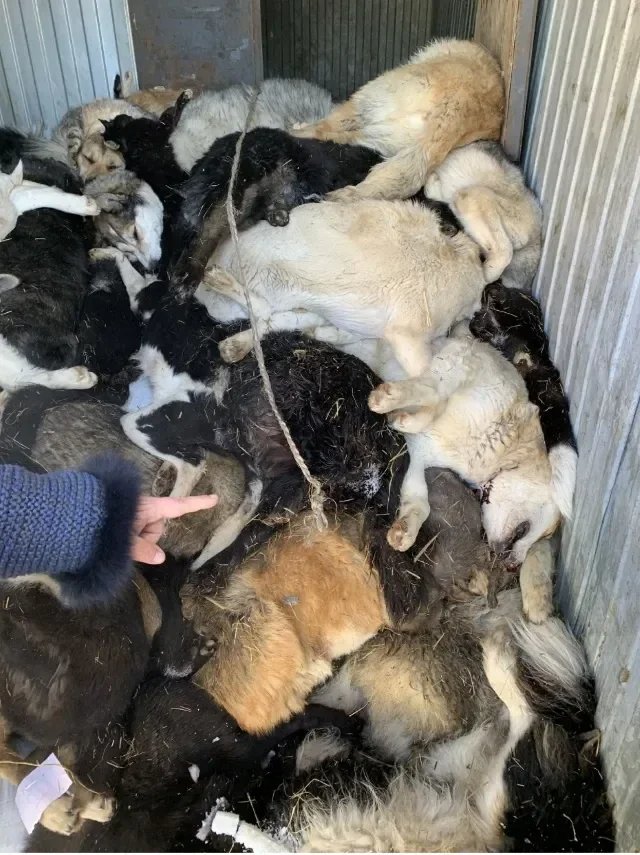
Corpses of animals in Yakutsk’s city shelter. Photo: social media
Animal rights activists have already spoken out against Avksentyeva’s bill. They wrote up a petition which has already been signed by more than 63,000 people. The activists argue that initiatives should be advanced in the government to oversee public funds allocated to measures of catching, sterilising, vaccinating, and returning stray animals to their habitats instead of “untying the hands of dog hunters and sadists”.
President of the Nika animal help foundation Vera Mitina echoes these sentiments. She told Novaya-Europe that the law amendments would “lead to mass killings of animals and cast Russia back by several years”.
Mitina explained that all Russian regions are now obligated to catch, sterilise and return animals or, alternatively, take them in shelters for life. The second option is only applicable if there are lots of these shelters which regions across Russia lack.
“This system (catch, sterilise, and return) is in place to reduce the number of street animals, prevent rabies outbreaks, and reduce the strain on shelters. This system is the most effective way to significantly bring down the number of stray animals if the sterilisation level reaches between 60% and 80% of the population in one season. It is a crucial factor for the programme to succeed,” Mitina said.
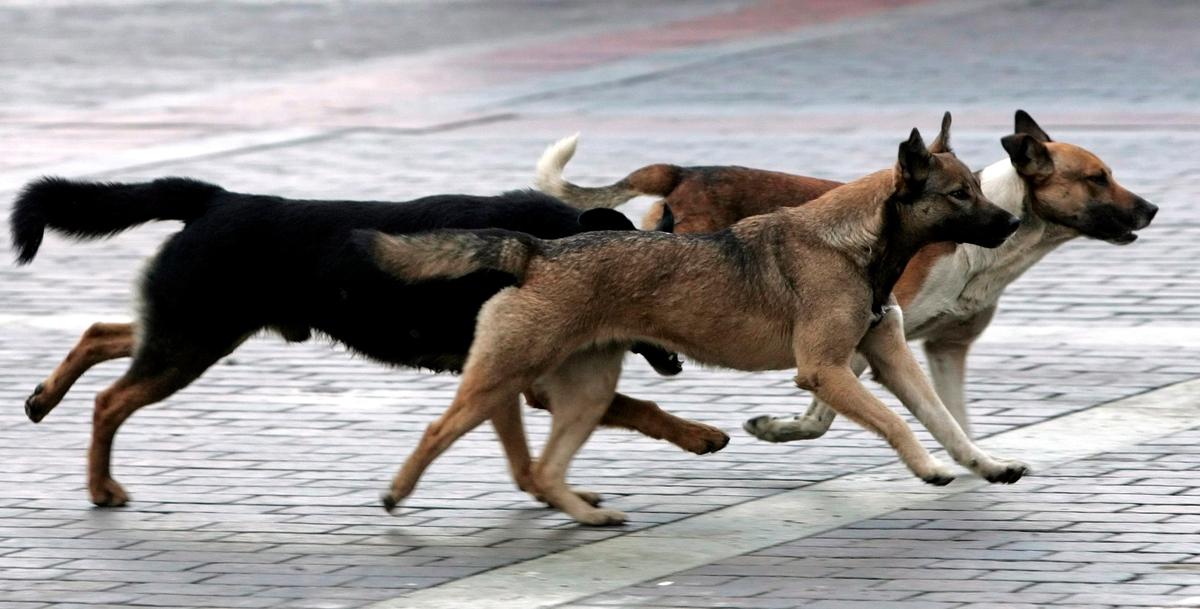
Photo: EPA / YURI KOCHETKOV
She also cited several positive examples: Nizhny Novgorod in 2014 had 7,000 stray dogs but their numbers dropped to 800 in 2020, while the dog vaccination efforts in St. Petersburg resulted in no rabies outbreaks in the past 30 years. She also mentioned the Moscow, Voronezh, and Volgograd regions as the ones with positive developments.
At the same time, other Russian regions ignore the requirements for humane supervision of stray dog numbers. In these cases, public contracts for the catch, sterilise, and return system are won by contractors offering the lowest prices. “Animal murders through various means lurk behind this: poisoning, culling, and others,” Mitina explained.
If these methods are legalised through the new bill “we will face a chaos where it will impossible to track the reduction of numbers among homeless animals”.
Mitina warns that there will also be risks of domestic animals disappearing.
Tatyana Romanova, head of the non-profit responsible for catching street dogs in Orenburg, believes that there will be victims in the city so long as the authorities fail to adopt a new law.
“The law should ban breeding animals, dog walking without owners, and throwing animals in the streets. We signed a contract with the city administration to catch animals. We are required to sterilise them and release them back to the same place. Those are all our tasks. But the animals are still in the streets, hungry and cold, and they form packs. Cutting their organs out does not solve the problem. Shooting was banned here but not breeding. The subsidised sterilisation programme for the [dogs owned by] low-income people are also not supported. How many more victims do we need?” Romanova said.
Deputy chair of Russia’s lower house of parliament’s ecology committee Vladimir Burmatov also opposes various initiatives of culling stray dogs.
“We have mayors who are nostalgic about the previous system when mass shootings of dogs were allowed. When it was not a serious criminal offence and brought in millions of unaccounted funds. It was a sort of corruption scheme to get a slice of the budget. Some mayors still cannot bear that this shop is now closed,” he told pdmnews.
He pointed the finger at the director of the shelter responsible for catching stray dogs and officials who signed the contract with the organisation and did not supervise the quality of the services provided as guilty for the death of Maxim in Orenburg.
Join us in rebuilding Novaya Gazeta Europe
The Russian government has banned independent media. We were forced to leave our country in order to keep doing our job, telling our readers about what is going on Russia, Ukraine and Europe.
We will continue fighting against warfare and dictatorship. We believe that freedom of speech is the most efficient antidote against tyranny. Support us financially to help us fight for peace and freedom.
By clicking the Support button, you agree to the processing of your personal data.
To cancel a regular donation, please write to [email protected]
